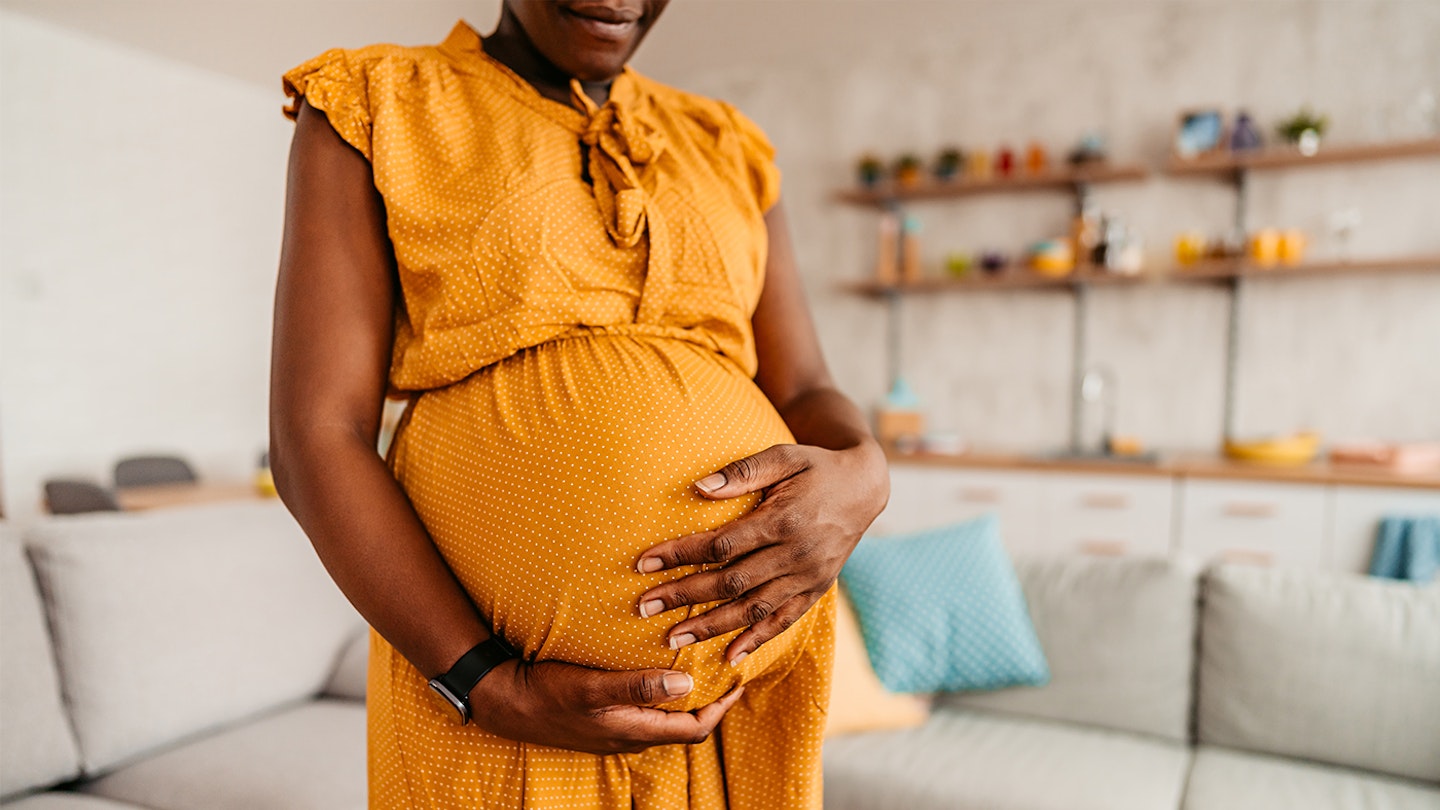If you're in the third trimester of pregnancy, you'll naturally be looking out for all those signs that your baby is potentially on their way, of which one of the main signs is when your waters break.
We've all seen those moments in films and TV shows where a pregnant woman's waters break and it's usually pretty dramatic with a gush of water soaking everything in sight. That isn't always the way things happen for every mum-to-be and you might actually experience the opposite instead and wonder how to tell if your water is leaking slowly.
Causes of water leaking
Your baby develops inside a bag of water called the amniotic sac which is filled with amniotic fluid (this is your waters). Waters can break before or during labour, and some babies are born with their waters still intact. This happens as a normal part of labour where the baby’s head and power from contractions puts pressure onto the bag of waters, much like a balloon popping.
How to tell if your water is leaking slowly
When the amniotic sac breaks or tears, this fluid (typically known as 'your waters') leaks out via your cervix and vagina. You may feel a ‘pop’ and see a gush of fluid, or you may feel a slow trickle. Sometimes it is quite tricky to know for sure and your midwife may perform a speculum examination to work out if they have gone or not.
The amniotic sac may break behind your baby, known as ‘hind waters’ or in front of your baby, known as ‘fore waters’. Hind waters tend to cause a slower trickle because your baby acts as a bit of a plug when your hindwaters break slowing down how much fluid leaks out.
How to tell difference between urine and amniotic fluid
Amniotic fluid shouldn’t smell like urine and will be clear, straw-coloured/slightly pink in colour. It is a good idea to put a maternity pad on so you can monitor the fluid coming out.
What’s considered a normal level of amniotic fluid
The level of amniotic fluid is highest at 36 weeks, where there is around 800mls then this reduces a little at 40 weeks where there is about 600mls of amniotic fluid present. Some women have excess amniotic fluid, which is called Polyhydramnios and others have too little, which is called Oligohydramnios.

Risk of amniotic fluid leakage
Once the waters have broken, there is an increased risk of ascending infection to baby so your midwife will talk to you about how long to await labour before you may want to think about being induced.
Internal examinations will be kept to a minimum to reduce the risk of infection and you will be advised to keep an eye on yourself for signs of fever and on the fluid leaking out.
When to get help
You should call your maternity unit or midwife when you think your waters may have broken and you will be invited for an assessment, if there are no concerns and you are full term, you will often go back home to await contractions.
You should keep an eye on yourself for signs of fever and on the colour and smell of the fluid, if it is offensive smelling, heavily blood stained or a green/ brown colour, you should call your midwife without delay.
About the expert
This article contains expert advice from Midwife Pip. Midwife Pip is a truly passionate midwife and advocate for the profession, bursting with knowledge. Pip is an experienced, practicing Midwifery Sister, MSc graduate, founder of Midwife Pip Podcast, Hypnobirthing and Antenatal Educator, co-author of published research and very importantly, a mum.
